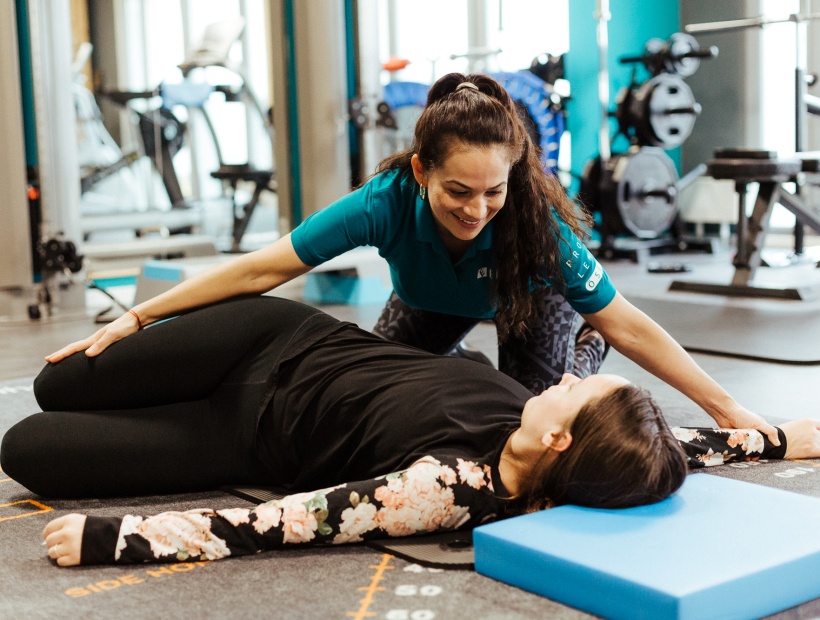
Book now
-
Phone
-
WhatsApp
-
Online via Doctolib
ELYSIO – Practice for physiotherapy in Berlin-Charlottenburg
in the Sana Gesundheitszentrum, 3rd floor
Directions
Tinnitus is the occasional or persistent ringing in the ears that is perceived only by the affected person and not by outsiders. The noise can sound very different: While some patients feel an insistent buzzing or a dull hissing, others hear a piercing whistling or ringing. Many sufferers also complain of symptoms such as vomiting, nausea or dizziness.
Muffled buzzing or high-pitched whistling, for many sufferers the sudden and sometimes long-lasting ringing in the ears (“tinnitus”) is a heavy burden that considerably limits the quality of life. There are very different forms of tinnitus in the ears, which are not perceptible to outsiders. However, without a localized source of the noise, treatment is difficult. In addition, the noise can have a variety of causes.

Sudden ringing in the ear can have many causes and can be caused by noise exposure, for example. Other possible triggers are certain ear diseases. Typical examples are infections of the inner and middle ear, noise or impact trauma and circulatory disorders in the inner ear or Meniere’s disease.
In addition, tinnitus can also be a concomitant of metabolic or cardiovascular diseases, diseases of the central nervous system (such as multiple sclerosis) or hormonal imbalances. However, it is also possible that the complaints are related to functional disorders of the cervical spine (for example, due to whiplash) or disorders of the temporomandibular joint. If no clear cause for tinnitus can be determined, physicians speak of so-called “idiopathic tinnitus”.
Depending on the doctor’s prescription, a physiotherapist uses manual therapy or exercise therapy to treat tinnitus. Targeted postural training that stretches and strengthens weakened or tight muscles can also be effective against tinnitus. Heat can also be applied to further relax muscles.
Physical therapists can effectively help patients, especially if the tinnitus is related to problems in the cervical spine. Improvement in cervical spine symptoms can often have a positive effect on tinnitus as well. However, when selecting a physical therapist to treat cervical tinnitus, care should be taken to ensure that the physical therapist is trained in manual therapy. Manual therapy includes, for example, chiropractic and osteopathy. Often, the treating otolaryngologist can recommend an appropriate physical therapist.
Many physical therapists who treat patients with cervical tinnitus use more than just “traditional” exercise therapy. Many physical therapists have now branched out into therapies such as osteopathy and kinesiology and have incorporated these into their scope of practice. The planning of physiotherapy for tinnitus, taking into account the different elements of treatment of individual areas, is done individually for each patient with tinnitus and cannot be “generated”.
Treatment of tinnitus by a physical therapist begins with an assessment. In the case of tinnitus caused by the cervical spine, the physical therapist focuses on the patient’s cervical spine, and here again on statics, musculature, and mobility. The physiotherapeutic evaluation is followed by therapy planning and implementation. The treatment of tinnitus by a physiotherapist can include both active and passive therapy elements. This means that patients must sometimes participate in the treatment themselves, while other therapy elements are applied exclusively by the physical therapist. In the case of tinnitus caused by the cervical spine, among other things, the following physiotherapeutic measures help.